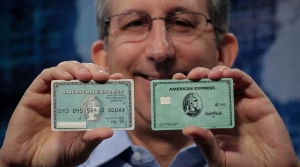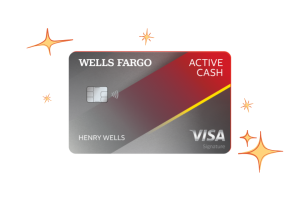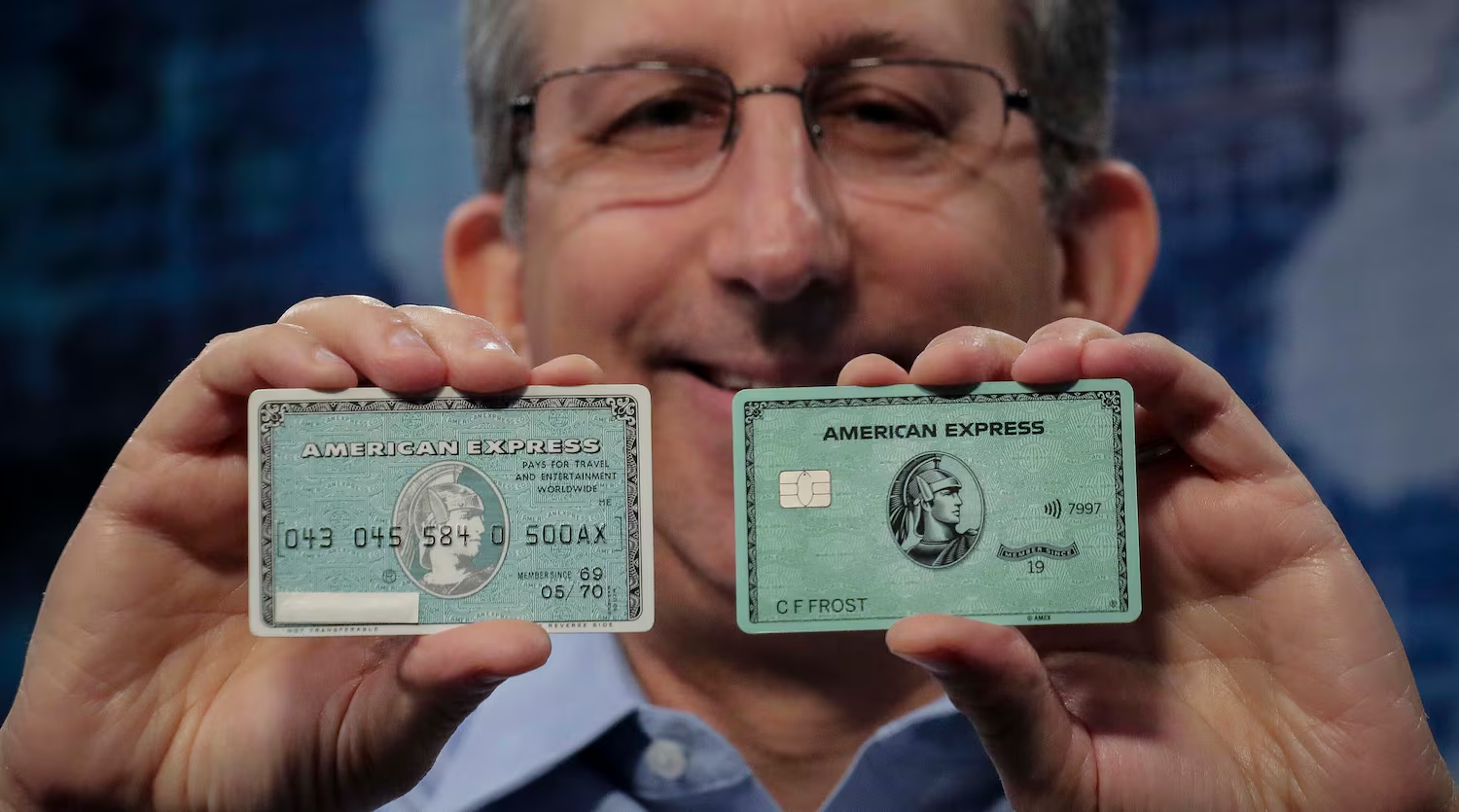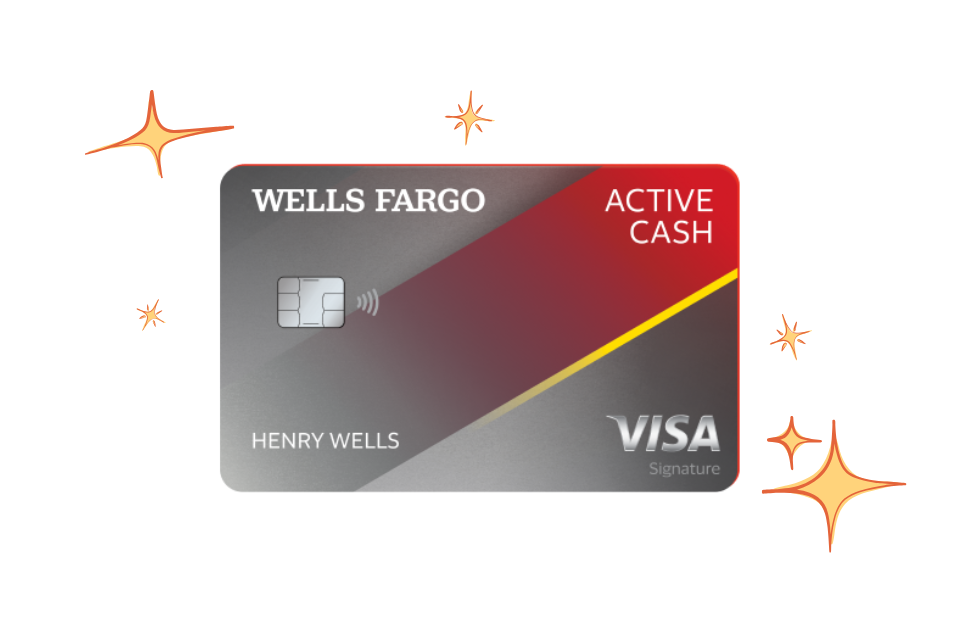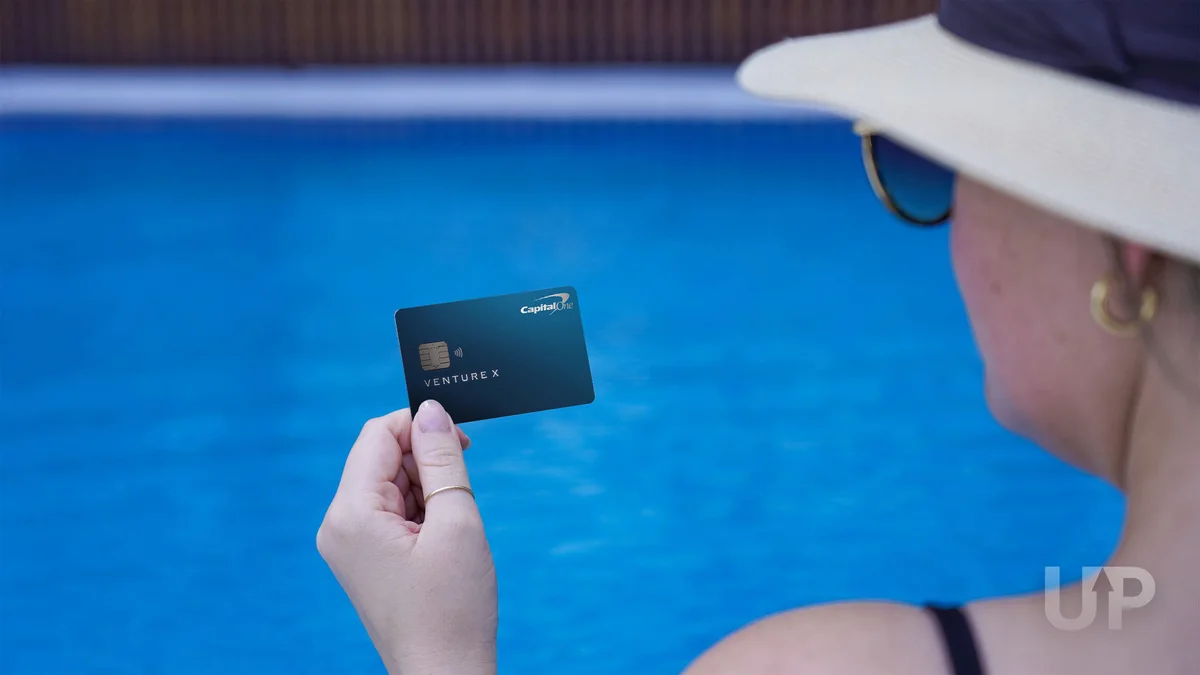Okay, you’ve got your credit card, maybe you’ve even started using it responsibly – go you! You see your statement, you see the balance, the minimum payment, and then there’s this… “APR.” It’s just a few letters and a percentage sign, right? How important can it really be?
Spoiler alert: It’s hugely important. Ignoring your credit card’s APR is like ignoring the speed limit on a highway – things might seem fine for a bit, but eventually, it’s going to catch up to you, likely in the form of hefty interest charges that can make even small purchases way more expensive than you ever intended. Understanding what APR is, how it works, and how to keep it from eating your wallet is absolutely critical for smart credit card use in the US. Let’s demystify this powerful little number.
So, What Does APR Even Mean?
APR stands for Annual Percentage Rate. In simple terms, it’s the interest rate you’ll pay on the money you borrow from the credit card company, calculated over a year. It includes the interest rate itself plus any fees directly related to getting the credit (though for most standard credit cards, it’s primarily just the interest rate).
Now, here’s where the “annual” part can be a bit misleading. While the rate is expressed annually, your credit card company typically calculates interest on your balance daily or monthly. They take your APR and divide it by 365 (for daily calculations) or 12 (for monthly) to get your daily or monthly periodic rate. This periodic rate is then applied to your outstanding balance. This is why even a short delay in paying off a balance can start costing you.
Why APR Matters (Hint: It’s All About Interest)
The APR is the engine driving the cost of carrying a balance on your credit card. If you pay your entire statement balance in full by the due date every single month, congratulations! You are likely in the “grace period” (more on this in a moment), and you won’t pay any interest charges on your purchases, no matter how high your APR is. This is the golden rule of using credit cards wisely.
However, if you carry a balance – meaning you don’t pay the full amount shown on your statement by the due date – the credit card company starts charging interest on that remaining balance based on your APR. The higher the APR, the faster your balance grows, and the more expensive your debt becomes.
Let’s say you have a $1,000 balance at a 20% APR. If you only pay the minimum, a significant portion of your payment goes towards interest, and the principal balance barely budges. Over time, the interest can add up to hundreds or even thousands of dollars, making it incredibly difficult to pay off the original $1,000 debt. A lower APR means less of your payment goes to interest, allowing you to pay down the principal balance faster.
Different APRs for Different Situations
It’s crucial to know that your credit card might have different APRs for different types of transactions:
- Purchase APR: This is the most common APR. It applies to everyday purchases you make with your card.
- Balance Transfer APR: If you transfer a balance from another credit card to consolidate debt, this specific APR applies to the transferred amount. Often, cards offer a 0% intro APR for balance transfers to attract new customers, but a standard rate kicks in after the promotional period.
- Cash Advance APR: This is usually the highest APR on your card. It applies when you use your credit card to get cash (from an ATM, bank teller, or convenience check). There’s often no grace period for cash advances – interest starts accruing immediately! Avoid cash advances if at all possible due to the high cost.
- Penalty APR: If you make a late payment (usually 60 days past due), your card issuer might hit you with a penalty APR. This rate is often significantly higher than your standard purchase APR and can apply to your existing balance as well as new purchases. Ouch! Manage your account carefully to avoid this.
The Magic of the Grace Period
Most US credit cards offer a grace period on purchases. This is a period after your statement closing date (when your monthly bill is generated) and before your payment due date (when the bill is actually due) during which you will not be charged interest on new purchases, provided you paid your previous statement balance in full by its due date.
If you carry a balance from one month to the next, you typically lose your grace period. This means new purchases might start accruing interest from the transaction date, not from the statement closing date. You usually regain the grace period only after you pay off your entire outstanding balance in full.
Finding and Understanding Your Card’s APR
Your credit card’s APRs are always disclosed in a few key places:
- The Schumer Box: When you apply for a card, the terms are presented in a standardized table called the Schumer Box. This clearly lists the different APRs (purchase, balance transfer, cash advance, penalty) and whether they are fixed or variable.
- Your Cardholder Agreement: This is the detailed contract you receive when you get approved for the card. It contains all the nitty-gritty details about your account terms, including how interest is calculated.
- Your Monthly Statements: Your current APR for purchases and any balances you’re carrying is usually listed on your monthly billing statement.
Variable vs. Fixed APR
Most credit cards in the US today have variable APRs. This means the interest rate can change over time. Variable APRs are typically tied to an index rate, like the U.S. Prime Rate. If the Prime Rate goes up, your credit card’s variable APR will likely also go up, making carrying a balance more expensive. If the index rate goes down, your APR might decrease, but card issuers are often quicker to raise rates than lower them.
Fixed APRs are less common now, especially for consumer credit cards. A fixed rate stays the same unless the cardholder agreement allows for changes under specific circumstances (like giving you notice or if you trigger a penalty APR).
Keeping APR From Costing You Big Time
Here’s the ultimate strategy to avoid letting a high APR drain your finances:
- Pay Your Statement Balance in Full Every Month: This is the gold standard. If you do this, the APR on purchases becomes largely irrelevant because you won’t be charged interest.
- If You Must Carry a Balance, Minimize It: Pay as much more than the minimum as possible. Even small extra payments can significantly reduce the total interest paid and the time it takes to clear the debt.
- Understand Promotional APRs: Many cards offer 0% intro APRs for a period (say, 12-18 months) on purchases and/or balance transfers. This is a fantastic opportunity to pay off a large purchase or transferred balance interest-free. BUT, make sure the balance is paid off before the promotional period ends, as the standard (often high) APR will kick in on any remaining balance.
- Shop for Cards with Lower APRs (If You Plan to Carry a Balance): If you anticipate needing to carry a balance occasionally, compare cards based on their standard purchase APR, not just rewards. A lower APR can save you significant money on interest over time.
- Avoid Cash Advances: Seriously, just don’t. The fees and immediate, high interest make them incredibly expensive.
Your credit card’s APR isn’t just technical jargon; it’s a critical factor that dictates the true cost of using borrowed money. By understanding what your APR is, knowing how it’s applied, and making a commitment to paying your balance in full whenever possible, you take control of your finances and ensure that little number doesn’t end up costing you big time. Stay informed, stay disciplined, and keep that hard-earned money in your pocket!

